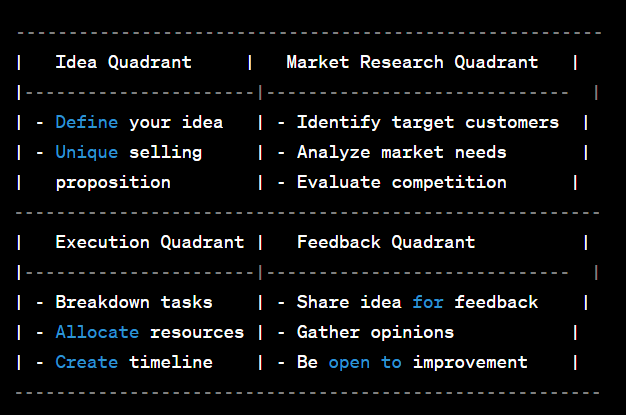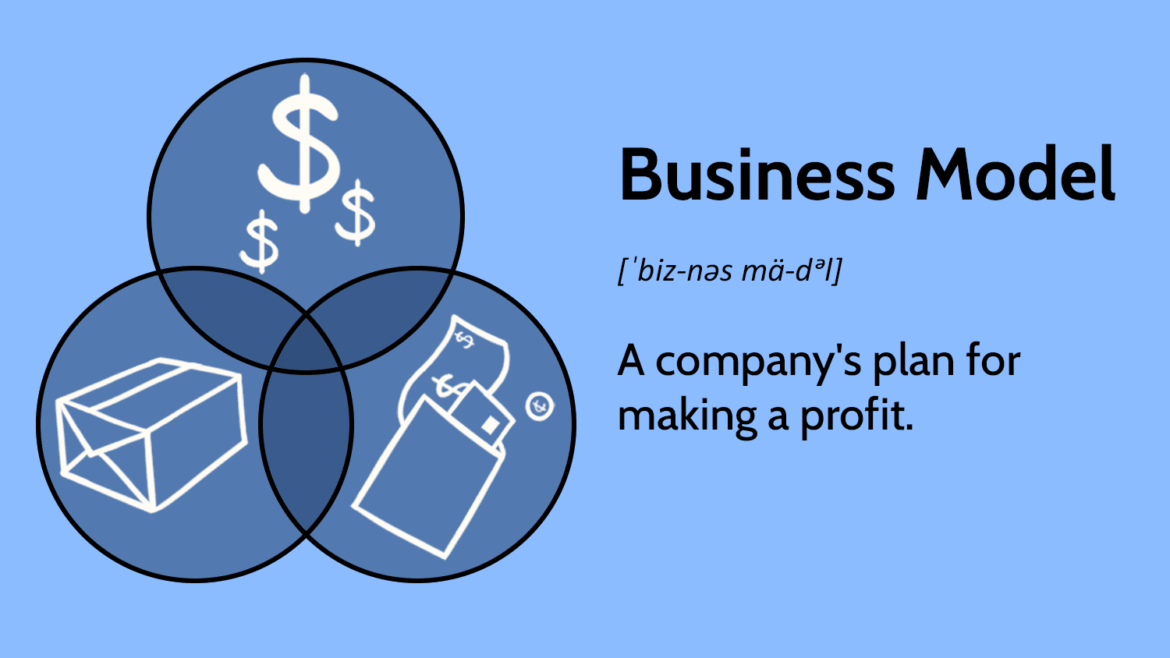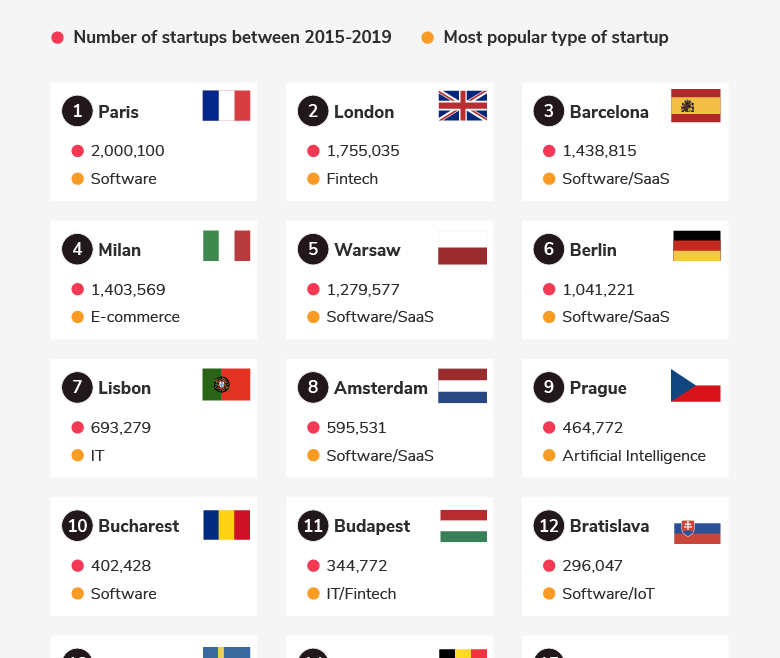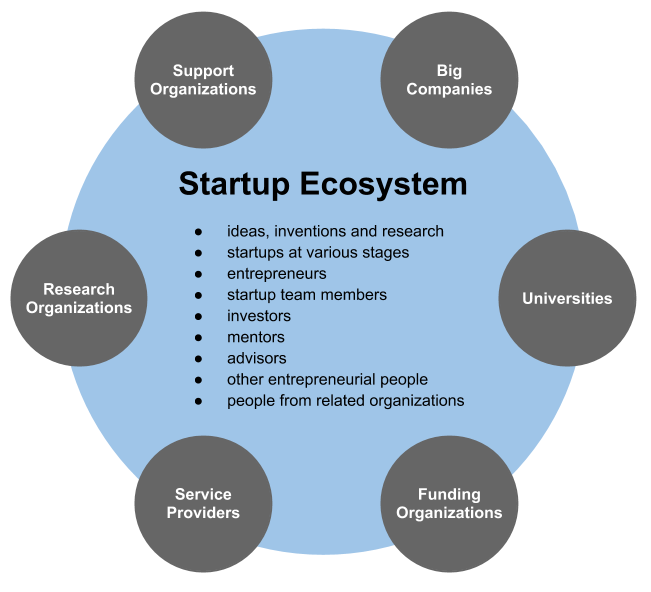How Innovation Drives Startup Triumph
How Innovation Drives Startup Triumph https://theraise.eu/wp-content/uploads/2023/11/Innovation-1024x569-1.png 1024 569 RAISE fosters startup growth and scale-up within and across Europe https://theraise.eu/wp-content/uploads/2023/11/Innovation-1024x569-1.pngStartups, those fledgling ventures fueled by passion and ambition, often face a challenging journey towards success. Among the myriad factors that contribute to their triumph, one stands out prominently: innovation. In this article, we will explore the crucial role of innovation as the key factor propelling startups toward success.
The Power of Innovation:
- Problem-Solving Dynamo:
- Innovation is the art of finding creative solutions to existing problems. Successful startups identify real-world challenges and craft innovative solutions that set them apart from the competition.
- Adaptability and Resilience:
- In the ever-evolving business landscape, startups must be nimble and adaptable. Innovation enables them to pivot when necessary, adjusting strategies and offerings to meet changing market demands.
- Market Differentiation:
- Innovation creates a unique selling proposition. Startups that bring something new and valuable to the market stand a better chance of capturing attention and carving out a niche for themselves.
- Customer-Centric Approach:
- By continually innovating, startups can stay attuned to customer needs. Understanding and addressing customer pain points lead to the development of products or services that genuinely resonate with the target audience.
- Efficiency and Cost Savings:
- Innovative technologies and processes often result in increased efficiency and cost savings. Startups that leverage innovation to streamline operations can allocate resources more effectively, contributing to long-term sustainability.
- Attracting Talent and Investment:
- The allure of innovation attracts top talent eager to contribute to groundbreaking ideas. Moreover, investors are more inclined to support startups that demonstrate a commitment to innovation, recognizing the potential for significant returns.
- Continuous Improvement:
- Innovation fosters a culture of continuous improvement. Startups that prioritize innovation are better equipped to adapt to feedback, learn from mistakes, and evolve, ensuring long-term viability.
Success Stories:
Several startup success stories highlight the pivotal role of innovation:
- Tesla: Revolutionizing the automotive industry with electric vehicles and sustainable energy solutions.
- Airbnb: Transforming the hospitality sector by offering a unique and innovative platform for travelers.
- SpaceX: Spearheading advancements in space exploration and transportation.
How Innovation Fuels the Rise of Startups
Innovation stands as the lifeblood of startup success, propelling these ventures from mere ideas to influential players in the business world. By fostering a culture of creativity, adaptability, and problem-solving, startups can harness the power of innovation to navigate challenges, differentiate themselves in the market, and ultimately triumph on their entrepreneurial journey.
Photo via nithub











